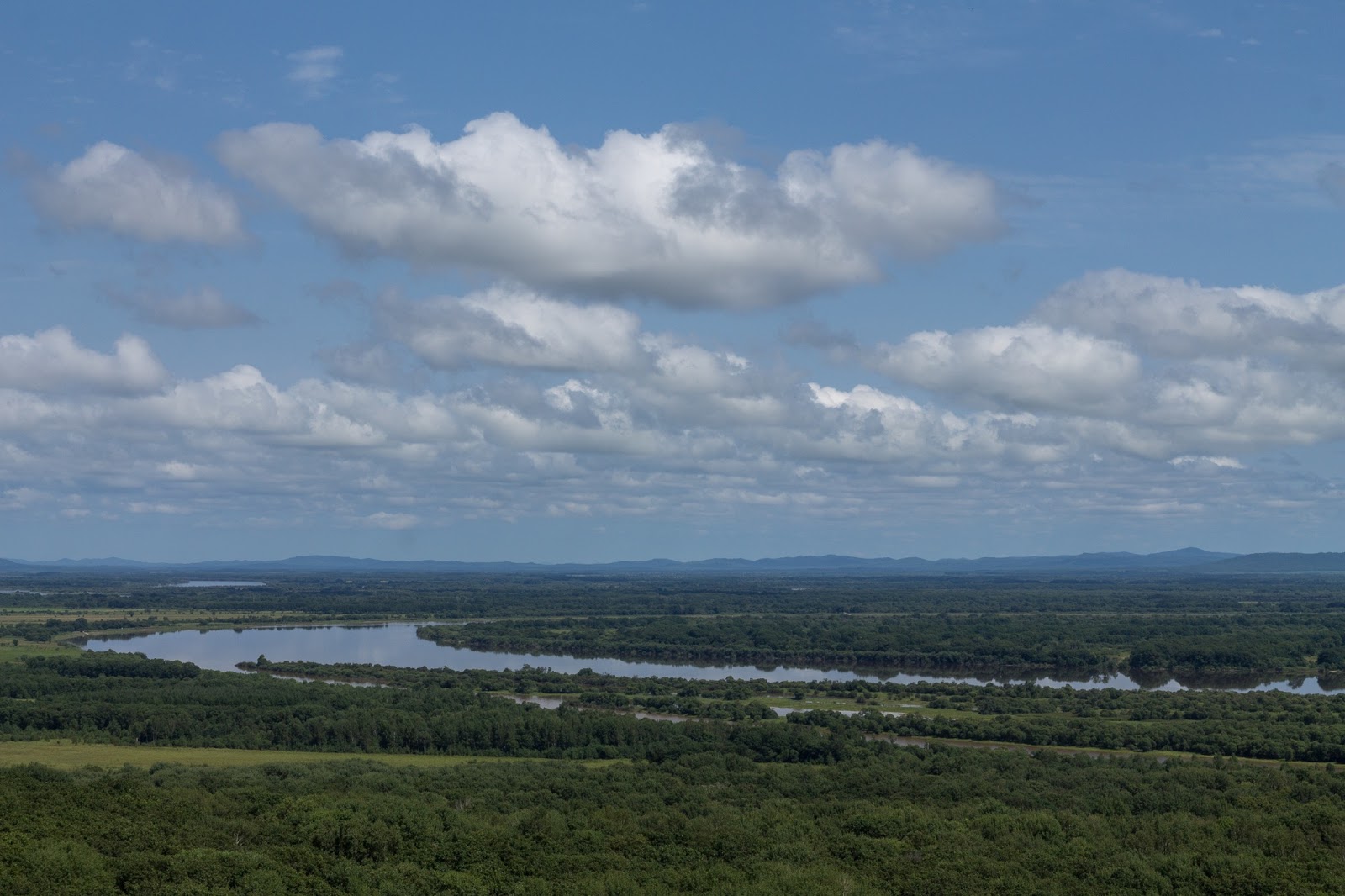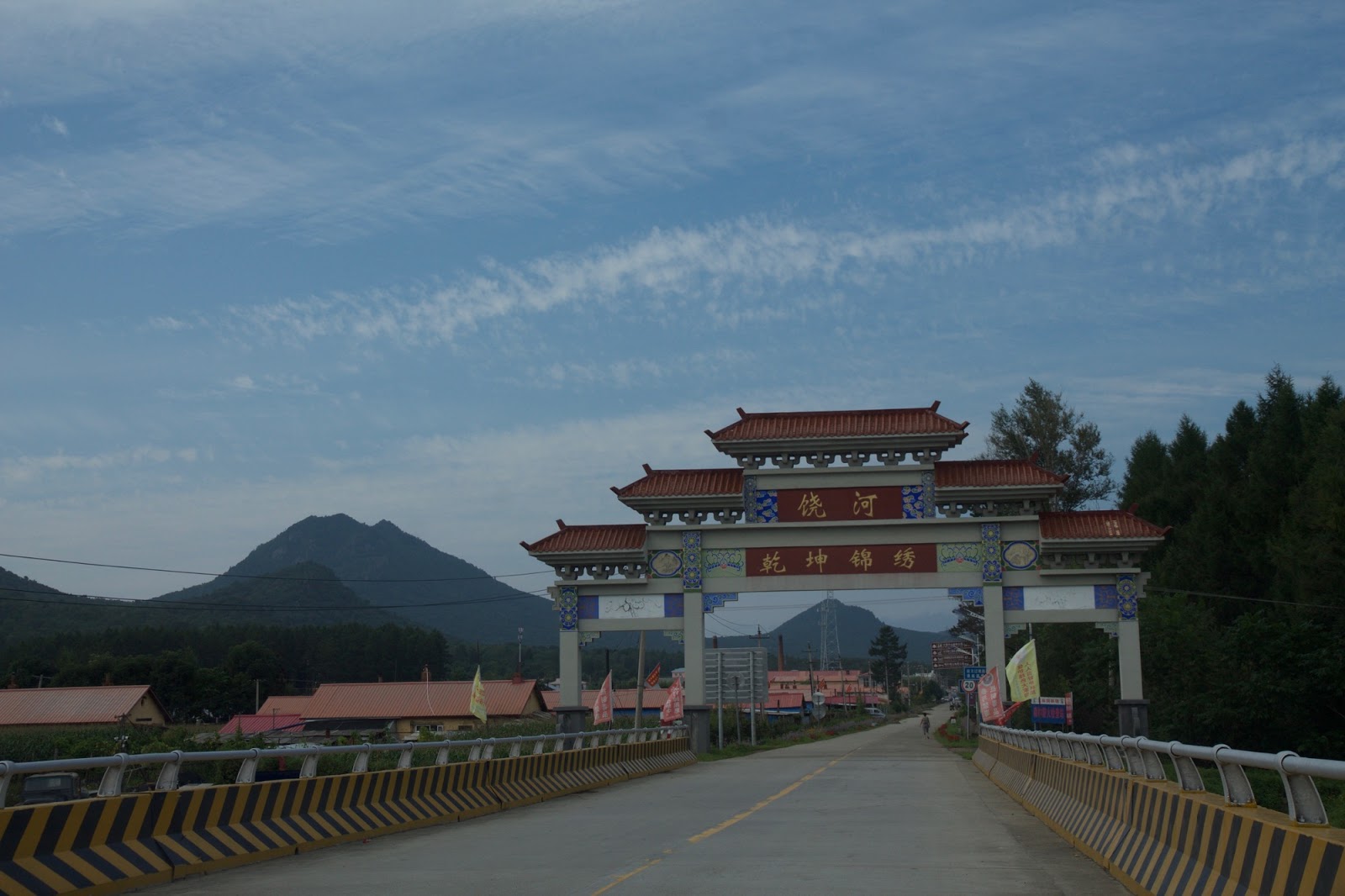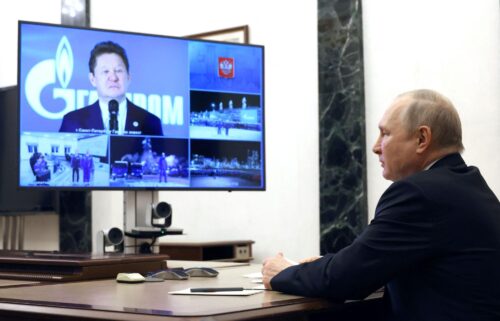China, Russia, and the legacy of Zhenbao Island
Fifty-one years ago, a surprise offensive by the People’s Liberation Army at the Russian border sparked several months of military tension between the world’s two largest Communist powers, prompting fears of a Third World War. Now, the “Sino-Soviet border conflict” is all but forgotten — which is exactly how Beijing and Moscow want it.

Mr. Wang only knows two words in Russian: “stol” and “stul.” During the 1950s, the Soviet Union was considered China’s “elder brother,” and ideology, technology, and literature flowed freely from Russia into Mao’s China. At the time, children in China, particularly along the country’s northeastern border with Russia, had to learn the language. Mr. Wang can’t stop laughing: “After years of learning Russian, I still can’t remember which word means ‘table’ and which word means ‘chair.’”
One thing he remembers vividly, however, is the 200-mile drive from his hometown in the Chinese province of Heilongjiang to Zhenbao Island (珍宝岛 zhēnbǎo dǎo, known in Russian as Damansky). In March 1969, this unremarkable and uninhabited 0.3-square-mile island became a key site in the Sino-Soviet border conflict. Like many in his hometown, Mr. Wang was conscripted to transport emergency supplies to military units stationed at the border. “I was 19 years old at the time, and before long I had made countless trips to Zhenbao Island,” he says.
The fighting on Zhenbao was confined to two weeks, with minimal casualties on both sides. But until an official ceasefire was agreed upon in September 1969, everyone remained on edge.
China and Russia enjoy a cozy relationship today, but in the 1960s their relationship was fraught with tension. This stemmed largely from Nikita Khrushchev’s denouncement of Stalinism and the USSR’s advocacy for peaceful coexistence with the West, both considered intolerable by Máo Zédōng 毛泽东. Mao refused to subordinate the People’s Republic of China to the Soviet Union, ardently believing that the P.R.C. ought to be the world leader of Communism.
Seizing the element of surprise, on March 2, 1969, Chinese troops ambushed a patrol of Soviet border guards, causing 31 deaths. While historians dispute the exact reasons for Mao’s attack, some maintain that Mao intended to distract the country from the Cultural Revolution and unite the population around a common enemy in the Soviet Union. Others assert that he wanted to teach his northern neighbor the bitter lesson that Mao’s China could not be bullied. In any case, the time was ripe for an attack: The elevated position of the Chinese bank gave the People’s Liberation Army (PLA) a distinct strategic and tactical advantage, making it the perfect position from which to hit the Red Army. This was the first instance of military confrontation between the former allies.
Two weeks after the skirmish, the Soviets retaliated by deploying BM-21 Grads — trucks mounted with multiple rocket launchers — and inflicted casualties on the Chinese side of up to 800. Throughout the year, further clashes took place, notably in August along the western section of the Sino-Soviet border in Xinjiang.
In the immediate aftermath of the Zhenbao conflict, hostilities escalated. Both countries prepared for the very real prospect of all-out warfare. As the PLA mobilized its forces within reach of the border, the Soviets, whose technological advantage and superior nuclear arsenal was undeniable, seriously considered the prospect of nuclear assault on China’s nascent nuclear facilities. According to professor Stephen Smith, historian of China and Russia, “It may have been the time the world came closest to a nuclear conflict, the Cuban missile crisis notwithstanding.”
“It may have been the time the world came closest to a nuclear conflict, the Cuban missile crisis notwithstanding.”
Any possibility of a Soviet nuclear attack subsided in October 1969. Chinese historian Liu Chenshan has argued, controversially, that this was the result of an intervention from U.S. president Richard Nixon, who viewed China as a means to contain the Soviet Union. The historian claims that Nixon threatened a retaliatory attack on the Soviet Union if they proceeded. Whether or not this was the case, the U.S. strongly opposed a would-be Soviet attack on China, which ultimately led the Soviet Union to call off any potential strike.
The conflict thus created conditions for a Sino-American entente, and profoundly shaped the outcome of the Cold War. The events along the Ussuri River in which Zhenbao Island lies contributed to a complete reorientation of China’s foreign policy in the late 1960s and early 1970s. The border conflict is widely acknowledged to have played a pivotal role in the organization of Henry Kissinger’s secret meeting with then-Prime Minister Zhōu Ēnlái 周恩来 in 1971, and, later, Mao’s invitation to Nixon in 1972.
And while Sino-American relations began to flourish, Sino-Soviet relations remained strained. Normalization did not take place until the late 1980s. In 1991, after lengthy negotiations, the island was given to China, which had long claimed it was theirs in the first place. China contends that the island had come under Soviet occupation as a result of several unfair historic treaties signed between the Qing Dynasty and Tsarist Russia between the 17th and 19th centuries.
The wider border dispute was not fully resolved until 2004, in which all remaining territorial disputes, including conflicting claims over another island in the Ussuri, Black Bear Island, were settled. With power dynamics largely reversed, many consider Russia’s return of Zhenbao Island and the resolution of remaining border issues a major contributor to today’s Sino-Russian rapprochement.
![]()


![]()
Today, it is only veterans like Mr. Wang who are willing to discuss these undeclared military conflicts. Last year marked a number of significant political anniversaries for the P.R.C., including the relentlessly celebrated 70-year anniversary of Sino-Soviet diplomatic relations. The 50-year anniversary of the 1969 Sino-Soviet border conflict, alas, went unmentioned. The border conflict, after all, is largely incompatible with the unwaveringly positive narrative of friendship and solidarity peddled in Beijing and Moscow.
Against a backdrop of rapidly deteriorating ties with the U.S., compulsively praising one another pays greater dividends to both countries than an accurate commemoration of history. The prevailing view among most experts on the fundamental logic of the Chinese and Russian relationship today is: “Not necessarily for, but never against.”
In the current political climate, publishing about the Sino-Russian border is tricky business. Chinese media outlets that initially expressed interest in an article on the China-Russia border have told me it would be best if the conflict was not raised. The anniversary of the conflict was as contained as the conflict itself in the 1960s. As Mr. Wang admits, “Ordinary people didn’t know what we were doing. We drove to Zhenbao Island in the thick of night, when people were sleeping and the electricity was cut.”

Fifty years later, neither the region nor the roads leading up to Zhenbao Island resemble those of Mr. Wang’s era. A 200-mile drive that previously took him almost 20 hours now takes closer to five. Back then, there were few roads in the region, and Mr. Wang’s journey was facilitated by the efforts of tireless laborers who cut down trees and filled the gap between their stumps with dirt, evening it out to become a flat and barely passable path.
By contrast, recent infrastructural investment by the Asian Development Bank and Xí Jìnpíng’s 习近平 flagship foreign policy, the Belt and Road Initiative, have created unprecedented levels of connectivity in the region. This has made it significantly easier to access the wider Zhenbao region, contributing to an emerging curiosity to visit the island among tourists from China’s nearby provinces of Liaoning, Jilin, and Heilongjiang.
Chinese netizens have even shared their experiences via websites such as Mafengwo, the Chinese equivalent of TripAdvisor. One visitor who drove down there in May 2019 to learn about the conflict wrote: “Perhaps the war tale does not feature heavily in our history textbooks, but in that era, it was enough to affect China’s national progress.”
Many tourists know that there is no guarantee of accessing the island, or even the river bank opposite it. Yet, owing to sheer interest, they make the long journey nonetheless. The unclear and irregular opening hours of Zhenbao Island suggest that Beijing is still testing the waters on fully exposing this piece of history to the wider public.
![]()

My own trip to Zhenbao Island was cut short after local residents cautioned me that foreigners in the area were considered trespassers. Despite being surrounded by Chinese domestic tourists on the riverbank, this did not come as a surprise. The adjoining region does not have a mobile signal, which in today’s China, where even the most remote areas offer 4G, suggests a lingering apprehension from military personnel toward visitors, both Chinese and foreign.
Unlike other national tourist attractions, there are few signs paying homage to the Chinese lives sacrificed during the events of March 1969. Nature-based tourist sites located near the island, such as wetlands and protected parks, have been given honorary titles after Zhenbao Island. But beyond this, none of these sites address the border conflict or its resolution.
This runs in direct contrast to the promotion of other sites in the region such as the “End of the Second World War Memorial Park” and the “Site of Hutou Fortress by Japanese Invaders.” While Beijing openly uses these sites to evoke nationalist sentiments among its domestic tourists, it seems reluctant to apply the same principles to Zhenbao Island. Constructing anti-imperialist narratives around the border dispute would do little for relations with Putin’s Russia.
As is, it appears that the two countries have reached an unspoken agreement on how to deal with the border conflict: by erasing it from public memory entirely. As a professor of international relations at a leading Chinese university explained, criticism, condemnation, or nationalist narrative may jeopardize ever-more important relations with China’s strategic, but potentially temperamental, partner Russia.
When asked if he would ever visit Zhenbao Island as a tourist, Mr. Wang emphatically replied, “No.” This is not surprising, given the suffering and violence he witnessed in the area half a century ago. As Beijing reluctantly opens up its past with Russia, maintaining its carefully crafted narratives will become increasingly important, and increasingly complex.






